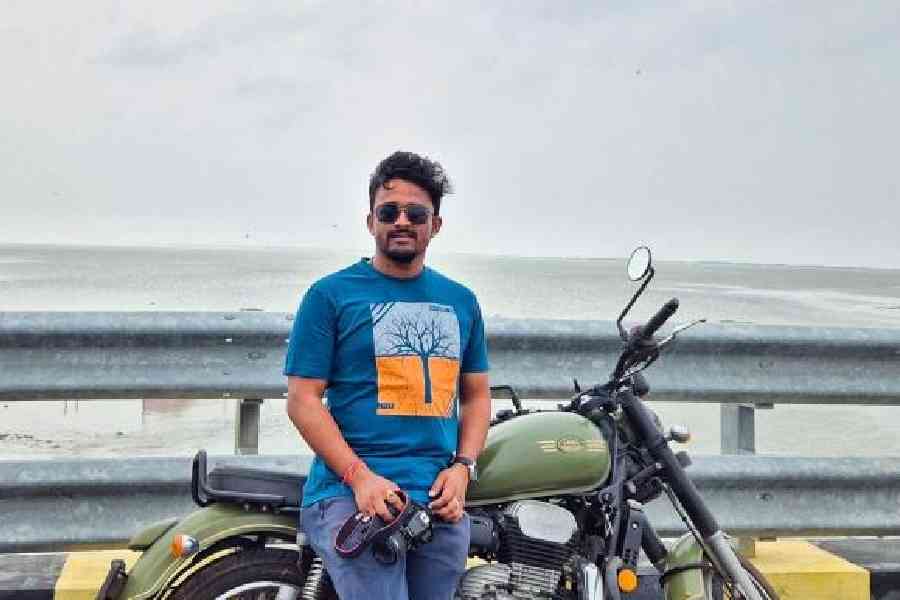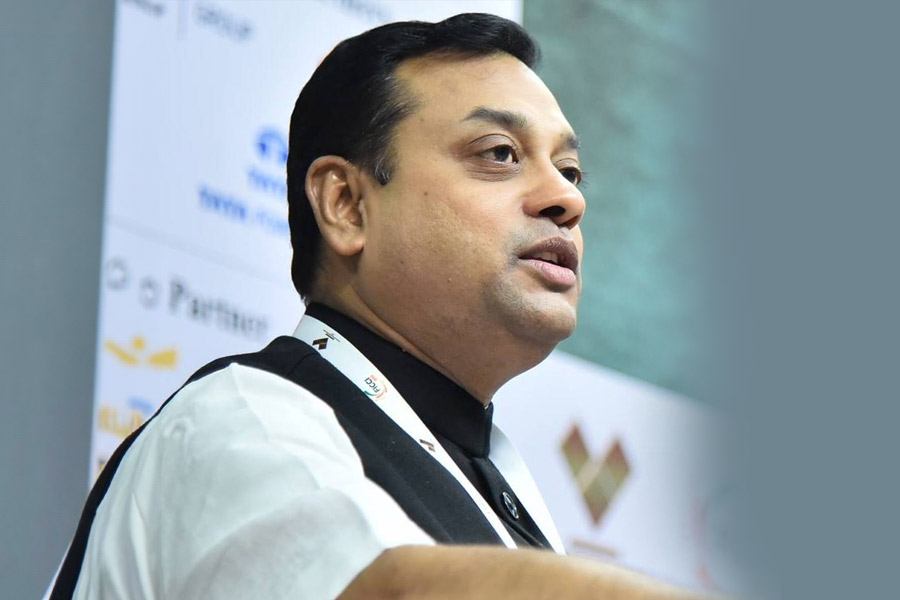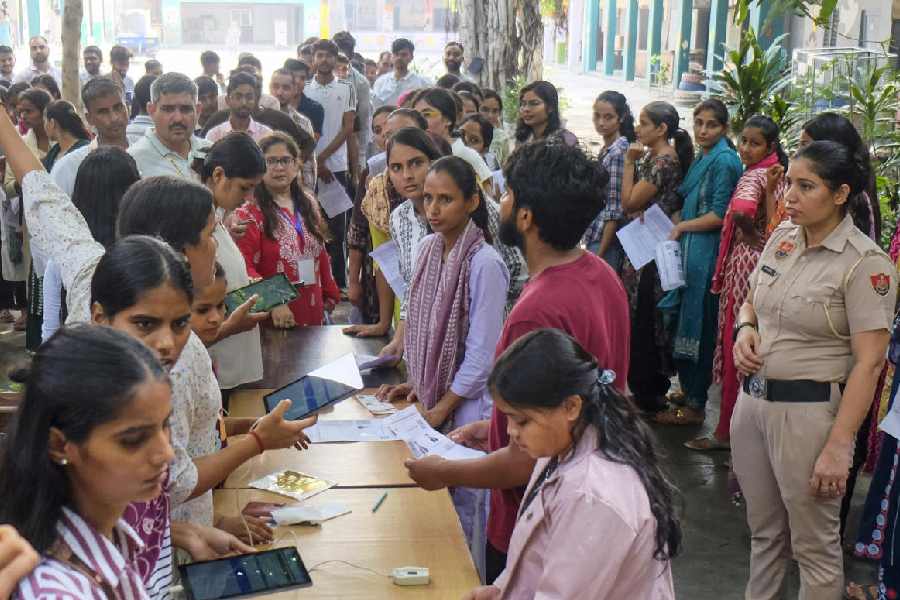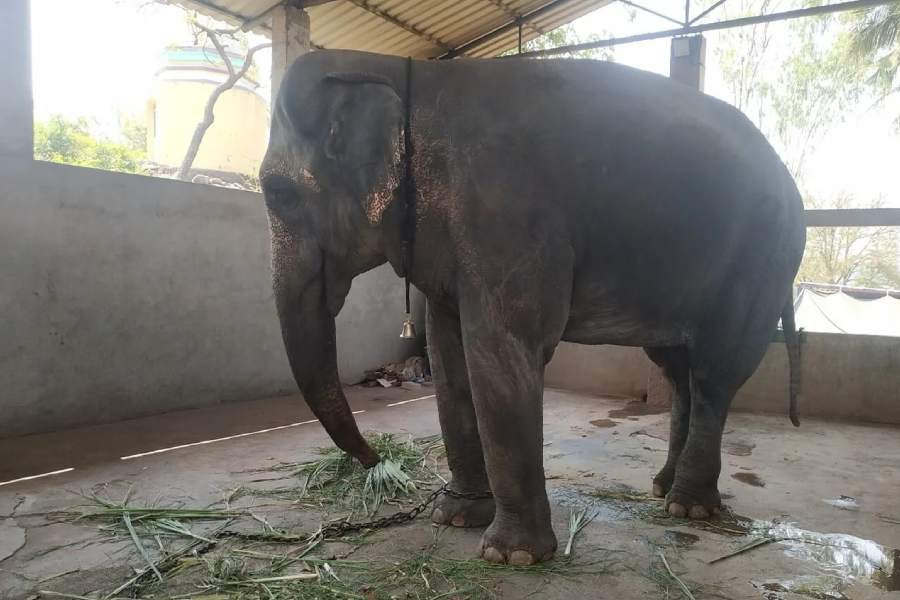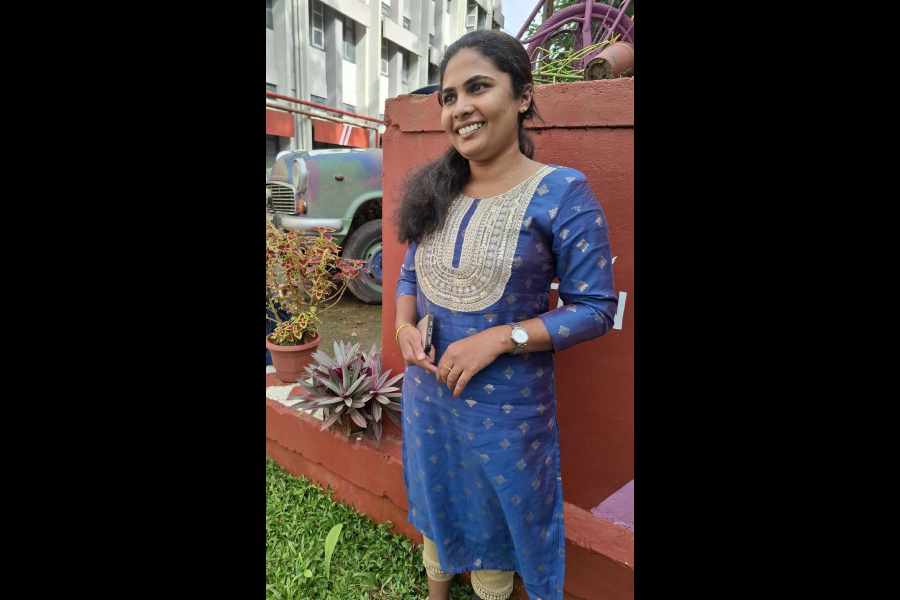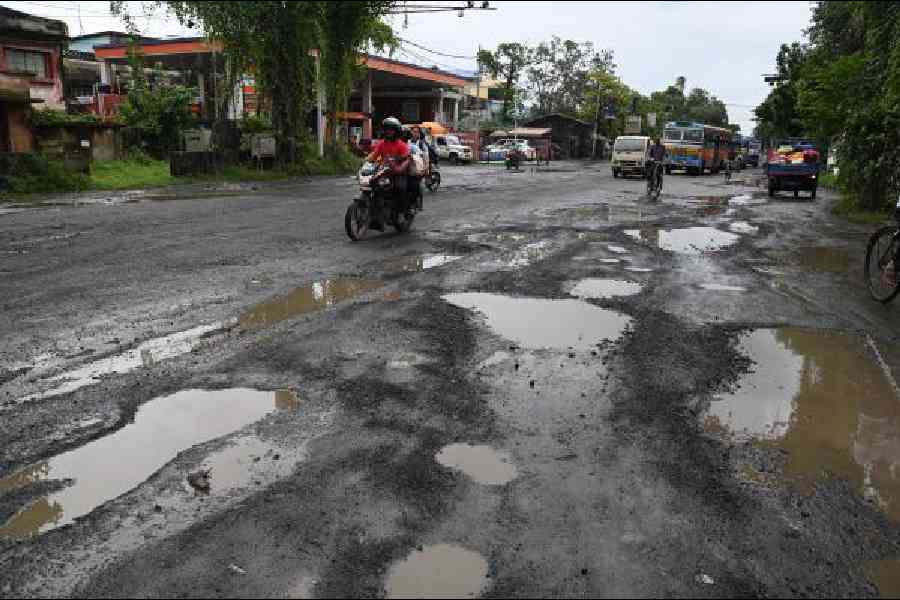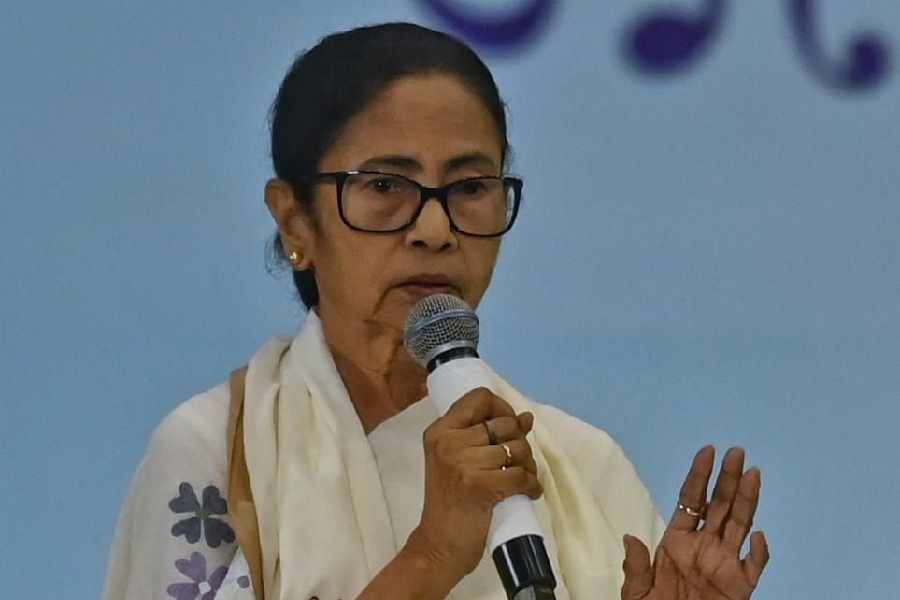When the Nasa-Isro space collaboration went aloft from Sriharikota on Wednesday evening, echoes of celebration were heard in Calcutta as well.
Calcutta-based chemical engineer Subhradip Ghosh, 30, played a key role in the launch of the earth observation satellite, Nasa-Isro Synthetic Aperture Radar (Nisar) mission.
Ghosh, a scientist with Satish Dhawan Space Centre in Sriharikota, Andhra Pradesh, was instrumental in overseeing the liquid propulsion system of the rocket. Ghosh works in ground systems in liquid propulsion.
The Nisar satellite aims to study land and ice deformation, land ecosystems and oceanic regions in areas of common interest to the US and Indian science communities, says Isro website.
“Nisar is the first of its kind mission, jointly developed by Isro and Nasa. Nisar will image the global land and ice-covered surfaces, including islands, sea ice and selected oceans every 12 days,” the Isro site says.
A mission of this magnitude required almost 24×7 monitoring with “no margin for error,” Ghosh said from Sriharikota on Saturday.
Ghosh and his team worked relentlessly and stayed put in office in the last 24 hours before the launch at 5.40pm on July 30.
They were required to check the quality assurance and give final clearance before Nisar was launched.
“It is rocket science and we have to be 100 per cent perfect. One error can compromise the mission, so it has to be repeatedly checked,” said Ghosh.
But when he is not into rocket science, Ghosh is learning music online.
“At least once a week I find time to learn vocal music online, both Indian classical and Rabindrasangeet,” he said.
A student of Patha Bhavan, Ghosh completed BTech in chemical engineering from Heritage Institute of Technology in 2017 before moving to IIT Guwahati for a master’s in chemical engineering.
Ghosh’s father, Subhankar Ghosh, is a retired bank manager and mother, Munmun Ghosh, a singer. Both graduated with math in college. They live in New Garia.
“The launch was live telecast on Isro’s Youtube channel and my parents watched it online trying to identify me as I sat there at the control centre. It is something that they looked forward to,” he said.
His alma mater helped to shape him and strengthen his position at Isro.
“My school, college and the city of Calcutta helped me grow. We have people from all over the country and one has to strengthen one’s position among all,” he said.
A young scientist, Ghosh would urge many more to join in research and development instead of aspiring for high paying jobs in private multinationals.
“I have seen people from core areas like mechanical, chemical or electrical engineering move to multinational companies. But I sincerely hope that such missions would inspire our young population to work on projects of national importance,” he said.
“The data generated by Nisar will be accessible all around the globe and the satellite images will help in the fields of agriculture, defence, mining and much more,” he said.
Ghosh joined Isro in 2019.
Both Heritage and IIT have helped him in advancing his career, he said.
“At Heritage, we received support from our teachers and better placement opportunities than many other colleges. We have a robust alumni network,” he said.
Pradip Agarwal, the CEO, Heritage Institute of Technology, said Ghosh always had a scientific bent of mind.
“It is a big achievement for us to see our student being part of a mission of such national importance,” said Agarwal.
Every three or four months, Ghosh takes off to the mountains and sometimes to the sea.

